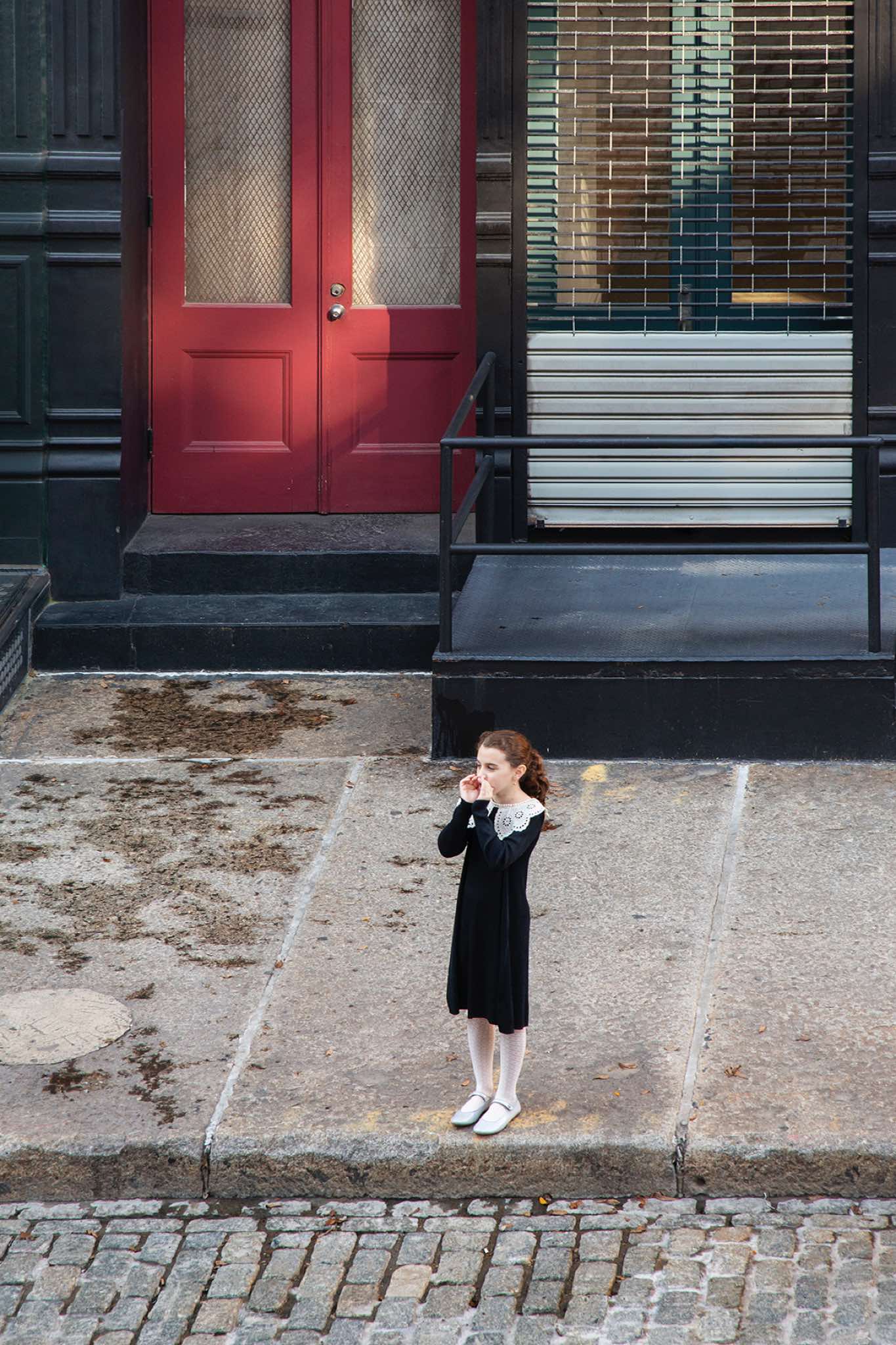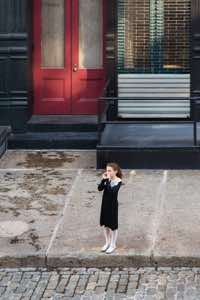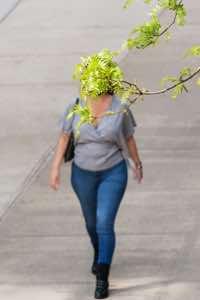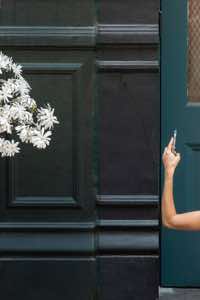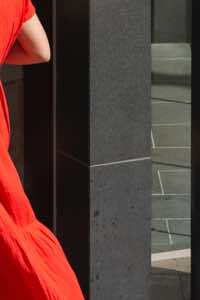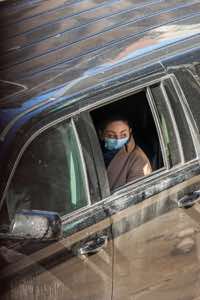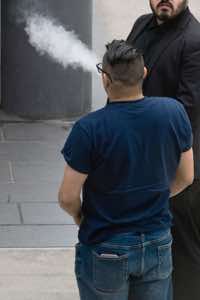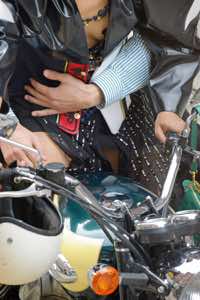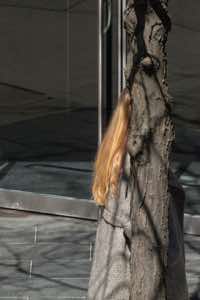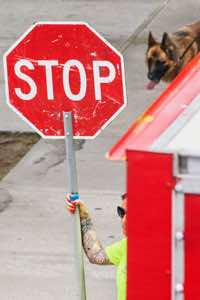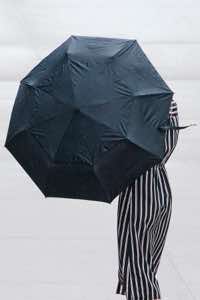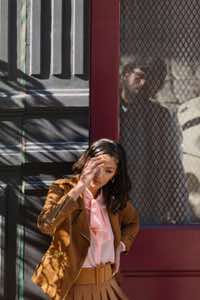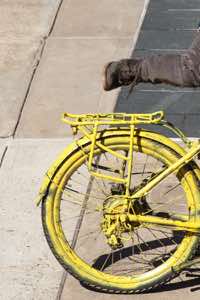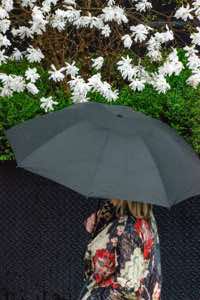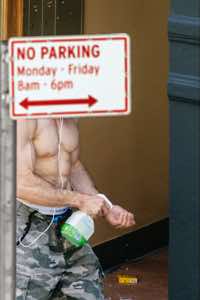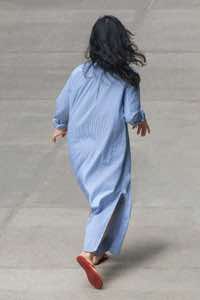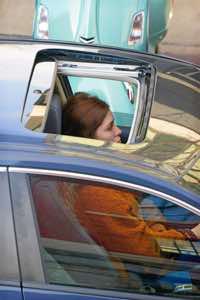A BEAUTIFUL DAY
In the early 2000s I began a series of photographs, The Neighbors, after a glass-box building was constructed across the street from my studio. The floor-to-ceiling glass façade walls of the apartments afforded an unfettered view of the quotidian activities of my neighbors. I was stringent about not revealing anyone’s identity; I did not photograph these subjects as specific, identifiable personages but as representations of humankind, of all of us. A turned-away head, a back against a window, legs under a table – the images are of those simple, private scenarios and transitory actions that portray an unconscious humanness both truthful and tender.
A Beautiful Day, an ongoing series created through necessity, is a new extension of The Neighbors. Although I thought I was done with staring out windows and photographing anonymous lives, as pandemic-related shutdowns multiplied, I was sequestered in my second-floor studio, unable to travel with my camera or schedule shoots. Very few people wandered the neighborhood, but those who did caught my attention, just as the apartment dwellers formerly had. Instead of seeing across the street into the interior lives of my subjects, I now looked down to the street and photographed lives lived on the public street and sidewalk. My aim remains the same: to capture those seemingly banal behaviors in which we all engage to reveal the wonder, mystery, and beauty of them.
For A Beautiful Day, I photograph from only two windows, one facing north, the other west. This intentional restriction narrows my focus on behavioral minutia; I create a visual narrative about my unknowing subjects from the subtlest of movements, postures, and positions. As they pass into my constricted field of view, I have only seconds to isolate and record the pictorial equivalent of the opening line of a story that may be puzzled out and completed as they like by those who view these photographs.
